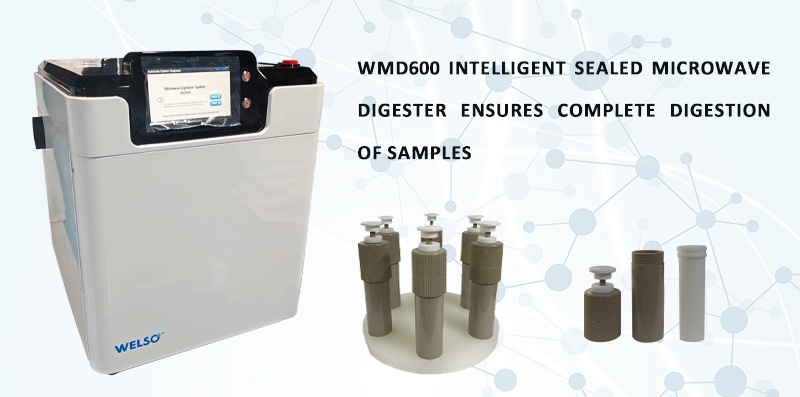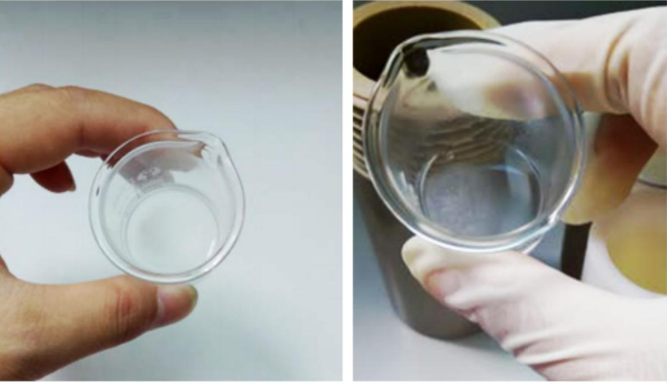Aluminum trioxide (aluminum oxide) is widely used in the preparation of high-temperature insulation materials, heat shields and protective coatings due to its excellent thermal and chemical stability. In the manufacturing process of other materials, the purity of alumina is usually extremely high because impurity elements can significantly affect the performance of the final product, so alumina purity is crucial to optimizing material performance.

Sample digestion is a key step in analyzing trace elements in alumina. Since alumina is a difficult-to-dissolve material, traditional melting decomposition methods are prone to introduce impurities, affecting the analysis results. In contrast, microwave digestion can achieve efficient decomposition in a relatively short time and avoid interference from impurities by virtue of the precisely controlled acid system, temperature, and pressure in a closed system. In this experiment, alumina powder samples were selected and sample pretreatment was performed using the Welso WMD600 closed microwave digestion system to ensure decomposition effect and data reliability.
Experimental preparation
Sample: Alumina powder
Reagent: Phosphoric acid
Instrument: WMD600 Microwave Digestion System

Experimental Procedure
Sampling and Adding Acid
Item | Sample 1 | Sample 2 |
Weight(g) | 0.2005(fine sample) | 0.2009(fine sample) |
85%H3PO4(mL) | 8 | 10 |
Sample digestion method
After loading the sample and reagents, seal the digestion vessel, load it into the digestion instrument, and start digestion according to the following procedure:
Steps | 1 | 2 | 3 |
Pressure(0.1MPa) | 10 | 20 | 30 |
Temperature(℃) | 120 | 180 | 200 |
Power(W) | 1500 | 1500 | 1500 |
Temp Incresing Time(s) | 300 | 300 | 300 |
Constant Temp Time(s) | 60 | 120 | 1800 |
Digestion results and analysis
After sample 1 was digested, a small amount of white precipitate appeared in the solution (as shown in Figure 1).
After sample 2 was digested, a small amount of white precipitate also appeared in the solution, and the amount of precipitation was not much different from that of sample 1 (as shown in Figure 2).
The experimental results show that the digestion effects of sample 1 and sample 2 are both ideal. Among them, the reagent ratio of sample 1 performed best; even if the amount of reagents in sample 2 increased, the amount of precipitation did not decrease significantly. This shows that the reagent ratio of sample 1 has more optimization potential and meets the experimental requirements.

Experimental Conclusion
The digestion of alumina samples can be done with high-boiling-point, low-volatile phosphoric acid as a reagent, which has strong solubility and adaptability. During the digestion process, the WMD600 microwave digestion system is used to precisely control the temperature and pressure and maintain the target temperature for a certain period of time to ensure that the sample is completely digested and a uniform and stable digestion solution is obtained, providing a reliable basis for subsequent analysis.